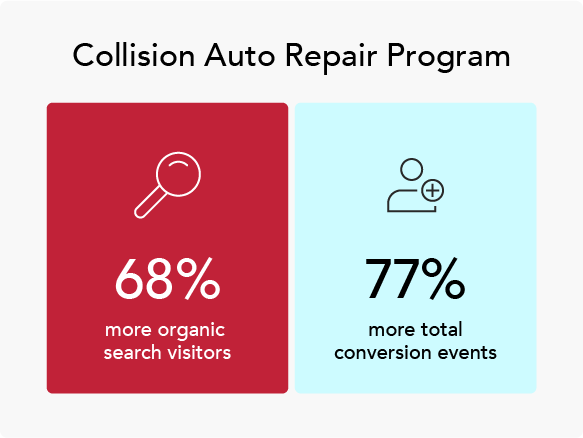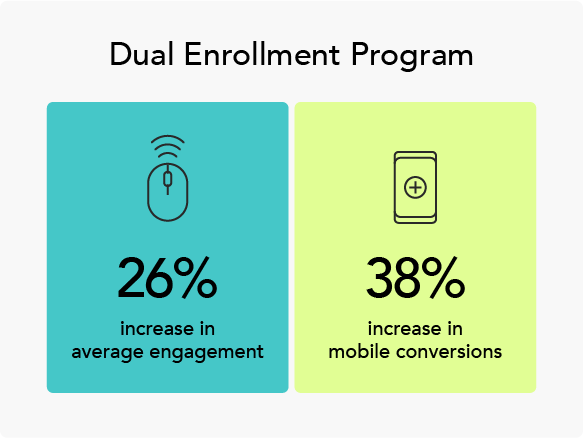Written by
on

I read a lot of RFPs. It’s not my favorite part of my job, but it is important to know if a project is a good fit for a prospective client and for our team.
The quality of the RFP tends to be an indicator of the overall success of the project. Sometimes I read an RFP and think to myself, “I’m afraid they are not going to get what they need.”
Poor RFPs Generate Extra Work
A vague RFP sometimes can be resolved in the question documentation. But that can result in hundreds of questions, which can push back your project timeline. Not to mention, answering all those questions is a big lift for your team.
The number of questions that come in can be a good indicator of the quality of the RFP. Here are a few fun numbers we tracked from October 2024 – March 2025 (six months):
- Average number of questions on a website RFP: 122
- Highest number of questions for a website RFP: 382 (!)
RFPs that draw a lot of questions often get cancelled by the institution. The team decides they do not understand enough of the scope, or they want to rewrite the RFP—resulting in another delay.
Include Your Budget
Not sure if you should include a budget or not? Read my blog on RFP budgets for advice and average website costs.
Content Is the Top Factor
Content is the number one factor in any budget. And content is the mechanism to tell your story. Structuring pages that are scannable, digestible, and that answer users’ questions gave Oakland Community College a content performance boost. After working with Stamats to optimize their pages, they saw significant improvements:


Watch Out for Red Flags
Avoid these missteps when writing your next RFP:
- Copying content from another project that isn’t relevant to the current initiative.
- Writing vague bullets that can have significant cost impact, such as “integrations for third-party applications.”
- Leaving gaps in understanding your content needs. Make sure you have a handle on your content or ask for an audit at the beginning to determine content.
- Not accounting for subsites.
- Not giving yourself enough time to respond to questions and review proposals.
De-clutter Your Digital Junk Drawer
RFPs Are Hard. These Tips Can Help.
When writing your RFP, consider these points:
- Provide as much detail as possible. Know your total number of pages, content editor strategy (centralized or decentralized), and technical requirements.
- Ask for examples of the milestones, not just the final site a prospective vendor produced.
- Request to meet the delivery team, not the sales team.
- Ask how the vendor will help you manage the project.
- Push hard on how the vendor handles scope changes. Assume you won’t get everything right, so you need a partner that will work with you when the unexpected happens.


